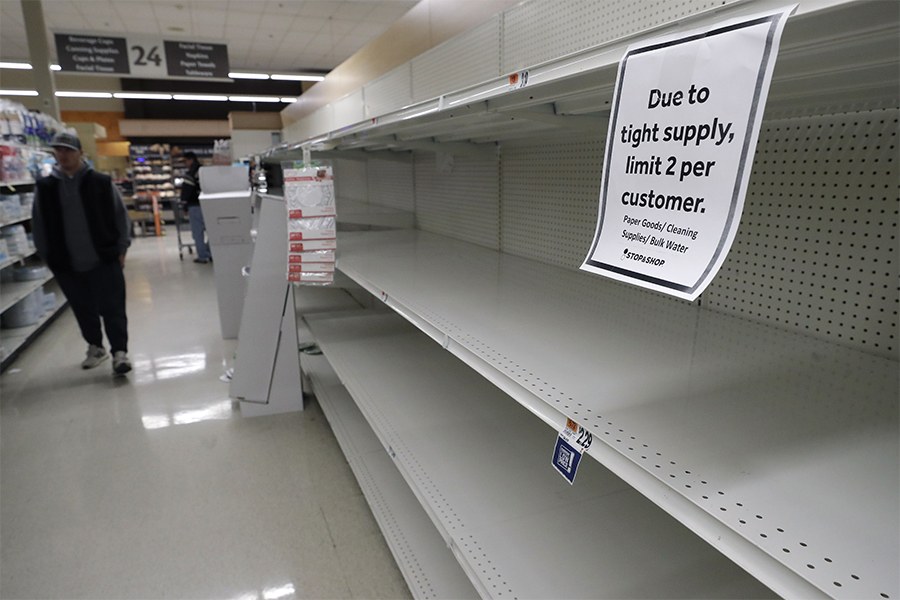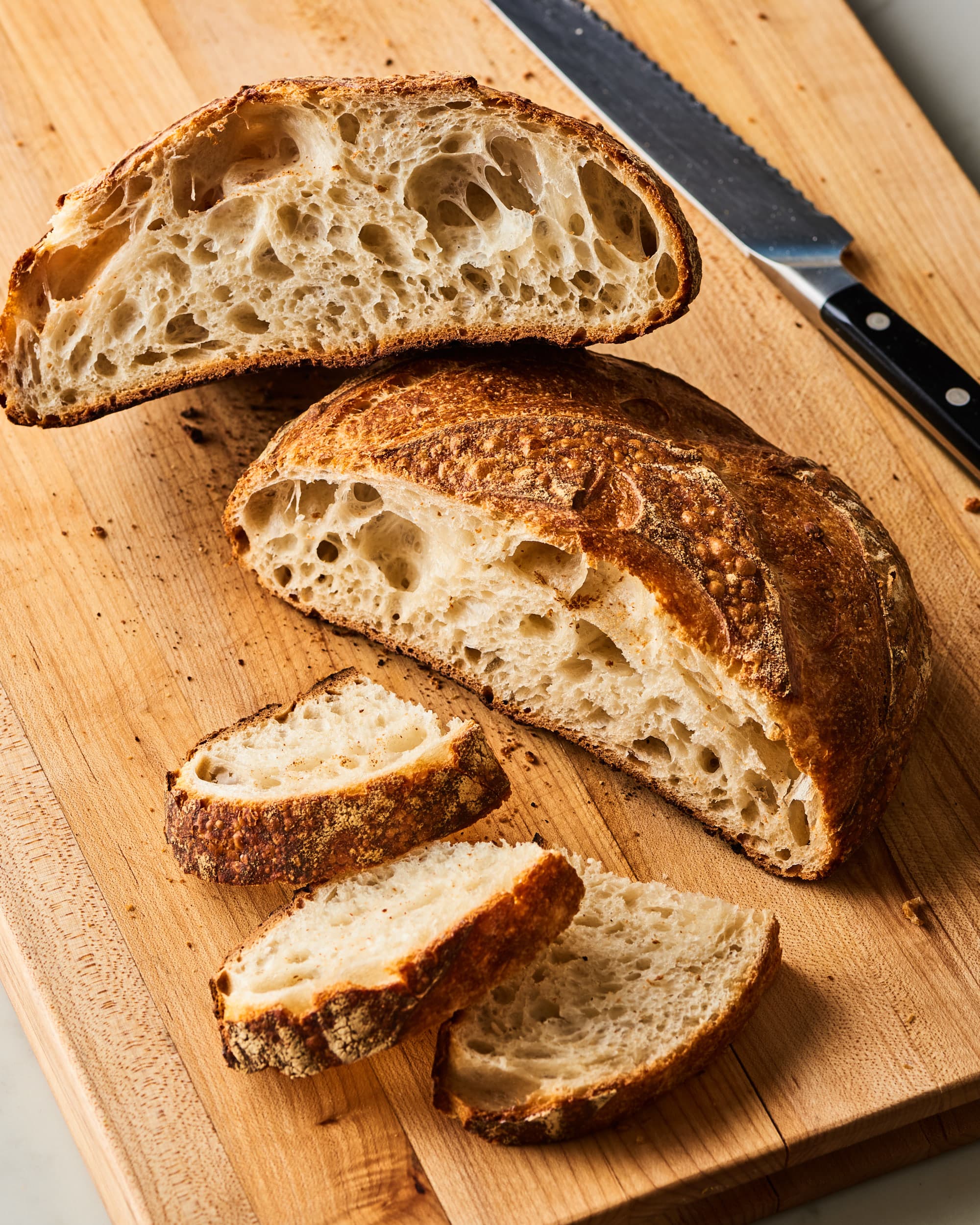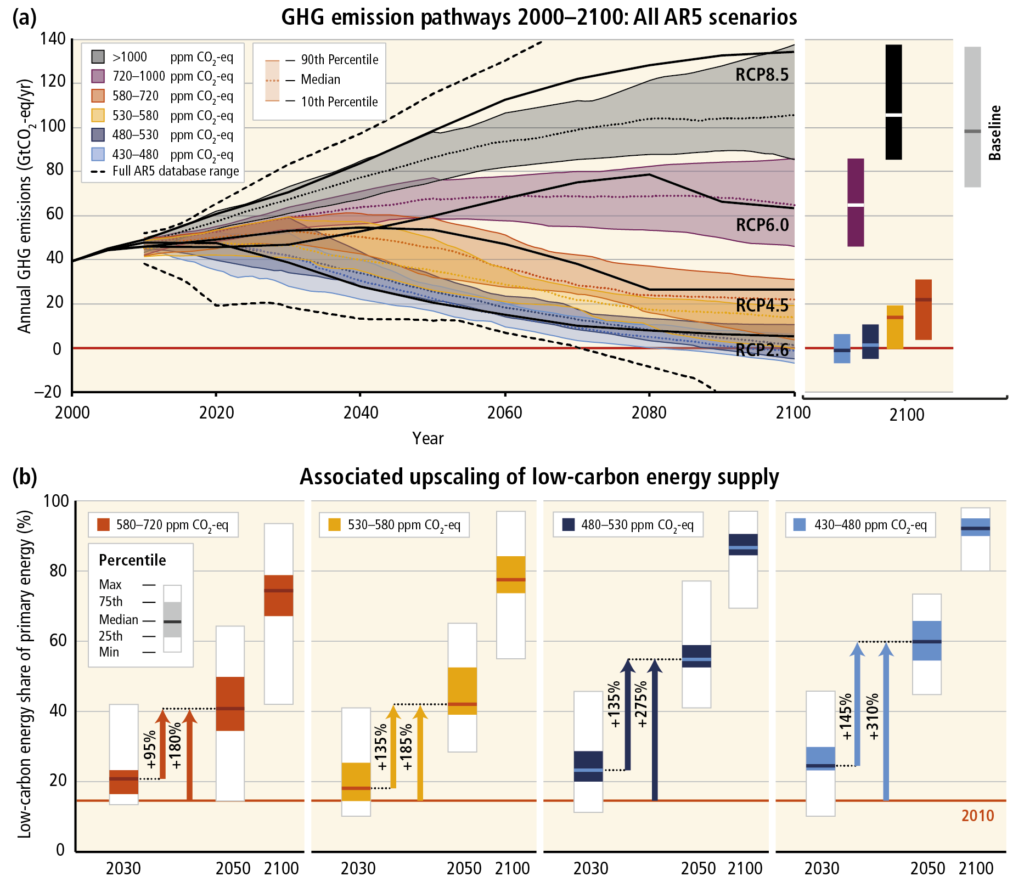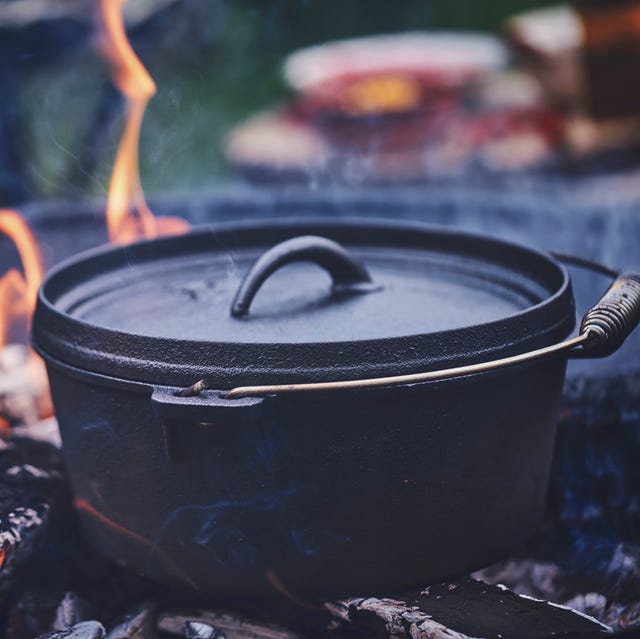Recipes for Disaster is the beginner’s survival guide to coping with the end of the world. We recognize that no matter how the world ends, humans will need to eat to survive. In this first volume, which addresses the culinary constraints placed upon humanity in the event of a nuclear war or runaway climate change scenario, we explore the cuisines of a world in which food availability, agriculture, livestock, access to fresh water, and the food supply chain are challenged or done away with entirely. In either scenario, the modern society which we have become accustomed to is likely to collapse to some extent, whether this be through the shutting down of supermarkets or inaccessibility of certain foods, or through the complete collapse of government and infrastructure. We recognize that in this sort of scenario, the average person is drastically underprepared, which will inevitably lead to mass panic and a scramble to get certain items. The 2020 SARS-CoV-2 (“Coronavirus”) pandemic illustrated this very fact, as runs on super markets occurred mere days after news broke of the virus making landfall in the United States, with the unavailability of toilet paper, paper towels, and hand sanitizer lasting for several months in some cases. This indicates that in the event of a more catastrophic disaster scenario, most will be unable to get the things they need in large enough quantities for long-term survival. For this reason, it is essential to maintain a stockpile of supplies, nonperishable food items, and materials necessary to survive in the event that we will no longer be able to simply shop for the things we need.

Our motivation for this project was the realization that while our modern society has provided us with many comforts, a sense of security, and easy access to the things we need to survive, many of these aspects are actually quite fragile. This class has illustrated the many threats facing society which are all too often brushed off, overlooked, or ignored. Disaster scenarios are not as unlikely as we often like to think, and if one of these were to occur, most people would be severely underprepared. Our goal is thus to give people the means to prepare, the knowledge of what they will need to stock up on, what they’ll be able to get, and what they can do once the scenario begins. After writing this book, we are much more secure and confident in our ability to survive a disaster scenario, so we want to share this with the world.
In this book we enumerate the essential items people will need to survive, as well as provide tips and tricks for long-term survival, such as how to start fires for cooking, how to purify or desalinate water, how to build a solar oven, and how to grow crops in a scenario in which you are forced underground or global temperatures rise to unprecedented levels. We describe what effects each disaster will have on food availability and survivability, as well as how to survive once you have made your preparations. The book culminates in a series of delicious, nutritious, and sustainable recipes that you should be able to make in each doomsday scenario. It is likely that society will shift away from a high protein diet as livestock yields decrease and an increasing importance is placed on agriculture and self-reliance. Our recipes are high in essential vitamins and nutrients, are able to be made with limited ingredients (especially in an end of the world scenario), and perhaps most importantly, are tasty! We include recipes such as potato galette, soy-glazed mushrooms, cauliflower gnocchi, and many more which are sure to satisfy and stave off the panicked sense of helplessness. With the rest of the world in such dire circumstances, we see no reason why the food we eat to survive should be another source of stress and existential dread.


We have found that there are many preparations that will be vital no matter the survival scenario, whether the crisis takes the form of a nuclear disaster, an inhospitable climate, or a global pandemic. Dried fruit and grains, canned foods, shelf-stable juices and dairy products, and nuts are instrumental to survival. These foods are excellent sources of vital nutrients, last a very long time, and are relatively inexpensive, making them ideal items to stock up on in any survival situation. Jugs of clean water and means to purify, desalinate, or disinfect naturally sourced water will be essential as well. We also provide lists of tools, cooking equipment, and general supplies, many of which will be needed or otherwise extremely useful in a survival scenario. However, we also provide more specific items such as potassium iodide tablets to help with radiation exposure and broad spectrum sunscreen to offer much needed sun and UV protection. Preparing these supplies will be instrumental in surviving a doomsday scenario, and will put readers in a much better position than those who do not prepare and instead rely on the conveniences of modern life or wait until it is too late.
This book incorporates materials from the first two weeks of class during which we discussed the threats of nuclear annihilation and environmental degradation. The first class on the current state of the world’s nuclear arsenal made it abundantly clear that a nuclear war is not the impossible scenario many consider it to be. Not only have there been several extremely close calls during the height of the Cold War and more recently, but it can reasonably be argued that we are still very much in a Cold War, with the US and Russia maintaining the two largest nuclear arsenals by far — arsenals made up of inconceivably devastating weapons of mass destruction unlike anything the world has seen, which are still being designed and built to this day. Both states maintain the position that a nuclear deterrent is needed to stave off another global war, but they believe this requires them to maintain first use superiority in order to keep the other state in check. The military industrial complex and the significant economic stakes each country has in their nuclear programs are significant drivers of nuclear armament which also serve to make diffusing the situation much more difficult. Aside from being incredibly costly, the nuclear arms race keeps tensions between the nations and their allies high, and makes justifying demands that developing nations refrain from nuclearization nearly impossible. As such, we see nuclear war as a very real existential threat, and one that has the power to rapidly wipe out life on Earth. It is for this reason that we encourage readers to take necessary precautions.

Similarly, class discussions of the extremely complex issue of climate change have left us with the belief that a climate crisis is inevitable and is in many ways already occurring in some parts of the world. Forest fires in California, hurricanes of increasing intensity in the Caribbean and Gulf of Mexico, and unbearable summer temperatures in India have already caused many deaths, and are putting the long-term wellbeing of populations there at risk. Professor Dipesh Chakrabarty, in his lecture on global inequality, pointed out the importance of air-conditioning in India, a technology which is in many ways vital to survival and success there, but is expensive and inaccessible to much of the population. This acts creates a feedback loop, as sweltering conditions hinder productivity and children’s ability to study or work, which then limits their ability to make enough money to be able to afford an air conditioner. The findings from the fifth meeting of the Intergovernmental Panel on Climate Change indicate that CO2 levels are well past the point of no return, and the question now is how much radiative forcing will we experience, which largely depends on actions taken to curb fossil fuel emissions now and in the very near future. Climatologists refer to a number of potential trajectories referred to as representative concentration pathways (RCPs) which model the amount of CO2 put into the atmosphere (and thus the amount of warming) over the next several decades. These allow us to make some predictions and preparations accordingly, but mostly indicate that a climate disaster is happening without a doubt. For this reason, as with the nuclear scenario, we encourage active preparation for the eventuality that comforts we have grown accustomed to will not be available over the long term.
Recipes for Disaster is by no means a foolproof, comprehensive guide for how to survive every potential end of the world scenario, but rather serves as a primer to give readers some preliminary skills, equipment, supplies, and recipe ideas in order to help them prepare for existential threats and increase their chances of surviving them if and when they become reality.
Full book: Recipes for Disaster – Complete Book
Sharing link just in case: https://docs.google.com/document/d/12meSihexx1SGCL7SkX1W-93gAQrVwjre-Wc5Kl5xo_M/edit?usp=sharing


